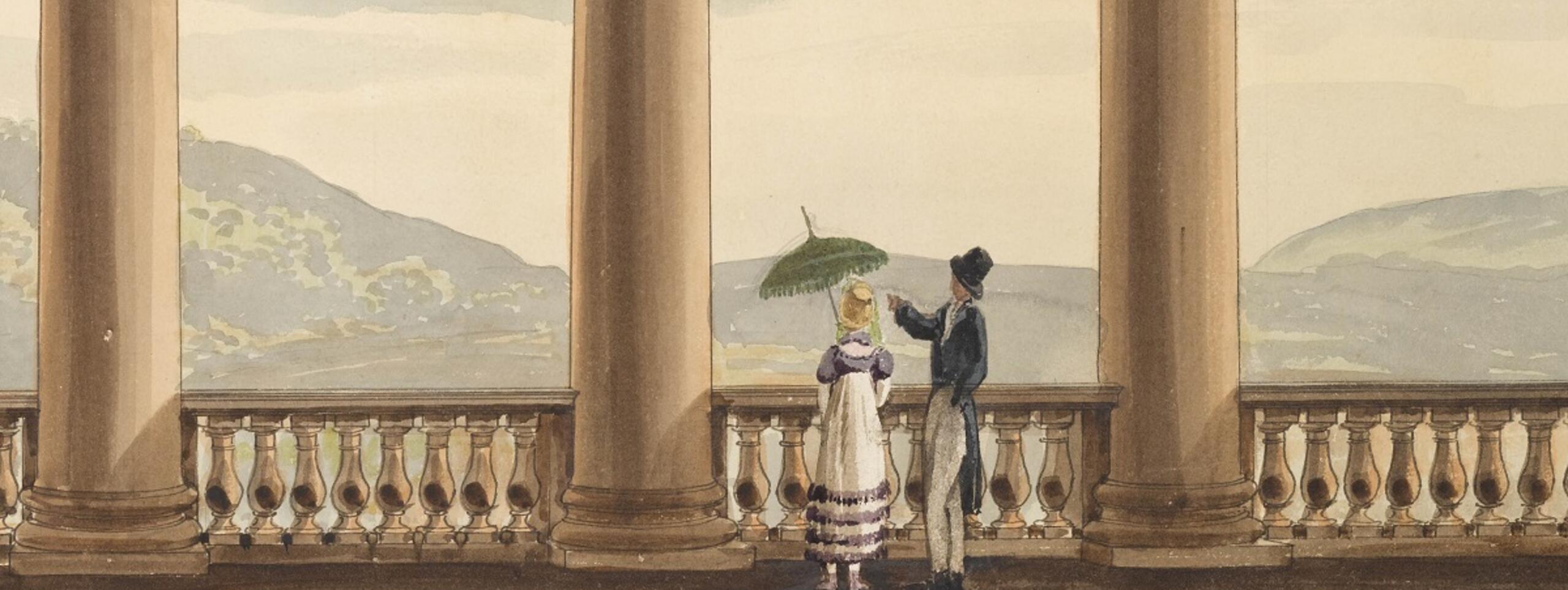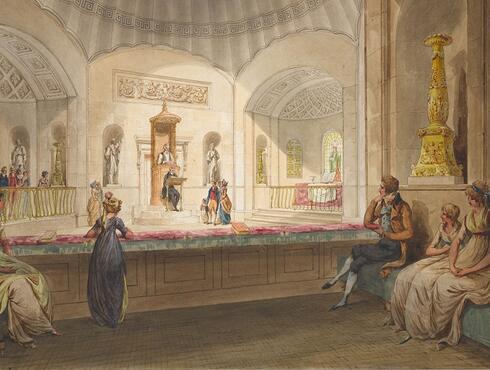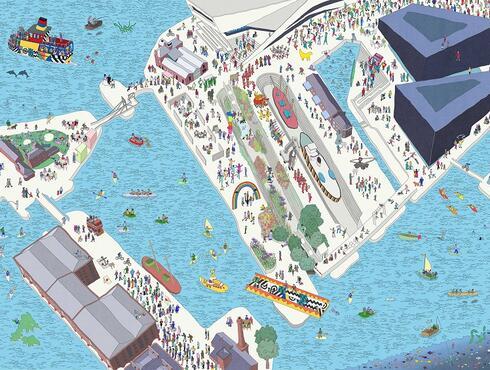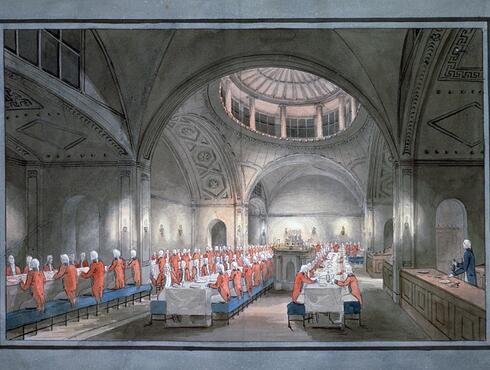Dummy boards, British or Dutch, c.1690, paint and varnish on softwood, Metropolitan Museum of Art, New York, 98.1 × 33 × 19.7 cm (each)
Design
Dummy boards were very simple to make, and yet often used sophisticated techniques to deceive the viewer. Most were made from multiple vertical planks of wood, joined by horizontal batons, and cut to the desired shape. It was most common for the artist to paint directly onto the wood, but there are instances of the artist working onto paper or canvas which was then stuck onto a fixed backing.
Although in the UK, these boards were commonly free standing, on the continent, they developed a technique of attaching them to the wall via a metal tie bar. This proximity to the wall allowed the board to throw a better shadow, thus appearing closer to life. Makers would also bevel the edge of the board, which also helped to create a life like shadow.
Purpose
But why did they need to cast a shadow?
Some historians suggest they may have been used for security, as a sort of soft deterrent, much like you might leave a light on a timer when you go away. One commentator recorded in 1703 that, in the Tower of London:
At the corner of every lobby and turning, of the staircase leading to the Arsenal . . . stood a wooden grenadier painted in his proper colours cut out with as much exactness upon a board as the picture of a housewife with her broom.
Ned Ward, London Spy, 1703



